Known Space
A tapestry of star systems, connected by wormholes
As seen in
|
When starfarers refer to Known Space, they are speaking of a collection of star systems interconnected by commonly-known Wormholes & Portals. These systems do not comprise the breadth of the universe, nor even a small fraction of it.
The precise locations of these star systems in real space is unknown, especially relative to one another. For all the starfarers know, these systems could be in different galactic sectors or even different galaxies. Further, due to the effects of the Airts and Faster-Than-Light Travel, they might even be separated by vast differences in time. However, the network of wormholes that have been discovered, and are in common use in trade routes, connect them in a relatively convenient way... at least, when one is speaking of things on a cosmic scale.
It bears noting that not all of the wormhole and portal systems in Known Space are specifically known to every single government or organization within it. Wormhole access is knowledge that is carefully hoarded, especially because it can have long-reaching effects on interstellar security. "Known Space," rather, refers to star systems that most starfarers have at least heard of, and know are possible -- or were once possible -- to reach via one or more relatively safe and stable wormholes.
Geography
The systems of Known Space are connected by a wormhole network. Some wormholes are more frequently, and more easily, traversed than others. Known Space, as a result, is generally thought of as being comprised of four major sectors:
The Core Worlds
The Core Worlds are the Telasian System, the Gornan System, and the Caer'Thunian System. These are the systems from which most starfarers originate, and the bulk of starfaring powers are located within them. The Avalonian Imperial Navy is the undisputed master of the Core Worlds, controlling trade, tariffs, and general access. Often, the Wyndsmere System is included in maps of the Core Worlds because it is Avalonian-controlled, but the Avalonians consider it a peripheral world, only nominally connected.The Dragon's Tail
The Dragon's Tail is a sector of space connected to the Draconian System. The Alarahan Empire is the master of this sector. They represent useful corridors, however, so other powers are required to deal with them. They remain staunchly neutral in the conflict between the Avalonians and the Fomorians. Constituent systems include three systems dominated by draconic sentient life, and notably, the Orish System controlled by the Fomorian Empire, and the Chrysalis System, controlled by the Avalonian Empire. These two systems do not interact with one another... and they may not even be aware of each other.The Solstice Sector
The Solstice Sector is the name given to worlds that were once controlled by The Solstice Pact. These days, it is a scattered collection of unaligned worlds, ideal territory for pirates and other less-than-above-board groups. The people of the Simian System may be emerging as a nascent starfaring power.The Avalon Corridor
This sector of space was once the pathway to and from the Avalonian System. However, a sun exploding into a supernova at a major nexus point effectively closed the way back to the elven homeworld. This sector is still largely under the control of the Avalonians, but it is not easy to access from the Core Worlds, and their grip is slipping.Ecosystem
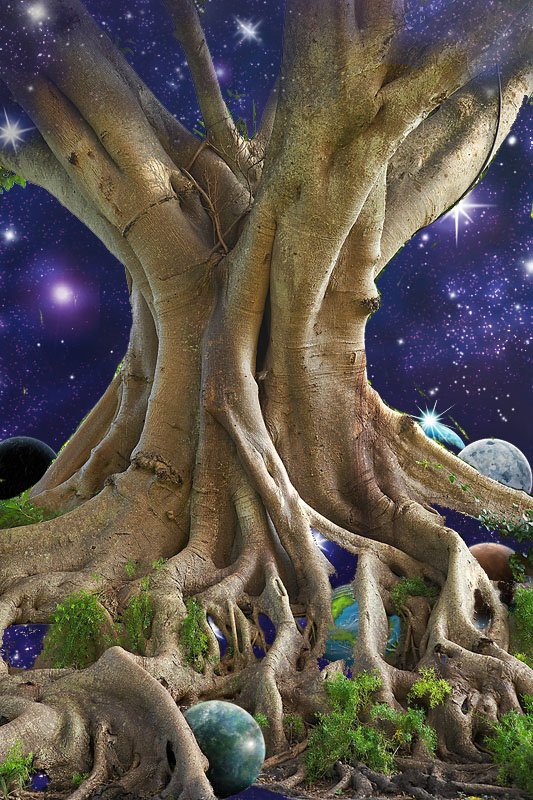
Yggdrasil's Sprout by Diane Morrison
Ecosystem Cycles
Accessibility to wormholes, and the flow of the Airts, is essential to the ongoing interaction of species in the Void. However, especially on a cosmic scale, these phenomena are hardly stable. The birth or death of stars, the formation of neutron stars or black holes, or a variety of other cosmic phenomena, can drastically alter the conditions of the starways. Other similar phenomena which don't change the flow of the starways dramatically could make travelling through certain systems too dangerous to continue, forcing the abandonment of a system or the changing of a route. This affects not just starfarers, but most of the natural inhabitants of the void as well.
Localized Phenomena
Space is subject to any number of natural cosmic phenomena, most of which are (fortunately) relatively rare for starfarers to encounter. Drifting nebulae may be charged with epic electrical storms or rife with toxic gasses; shifting and transforming stellar objects may cause "storms" in the flow of Airts; stars may throw off cosmic rays, solar flares, or supernova explosions, spewing dangerous radioactive material into the void. Objects colliding with one another may also cause issues that affect ambient space, such as the collision of planets, or comets and asteroids crashing into planets with enough force and mass to ignite a nuclear reaction. There are stranger things to be encountered in the Void too, say some starfarers; such as dimensional shifts, collisions with other realities, and sudden shifts in the laws of physics and metaphysics. Most such stories are dismissed by scholars, however.
Fauna & Flora
While the Void is rife with a plethora of lifeforms, many of them appear to have analogues in ocean life. This is a misperception. The physiology of these lifeforms superficially resembles the physiology of ocean life, mostly because both are evolved to exist in a three-dimensional environment, with a gravitational influence that is perceived as being lesser than it is on solid land. Many of these lifeforms have evolved ways to take advantage of Airt flow, or to subsist on energy rather than food, or to hold on to their supply of breathable air for a long time. Their biology would be truly alien to a terrestrial naturalist.
There are also a significant number of extraterrestrial fauna that resemble insects, arachnids, or invertebrates from terrestrial environments. And there are some that bear no resemblance to terrestrial life in any imaginable way.
Flora that grows in the Void can be truly strange, and whether or not it would meet the terrestrial definition of "flora" is a subject of debate. Even Trees of Life have significant qualities that differ from anything a terrestrial naturalist might call a "plant" -- although they seem to support terrestrial ecosystems and lifeforms well enough. Much of the "flora" of Known Space is perhaps best described as fungi, because it seems to display aspects of both plants and lower animals.
Natural Resources
While the bulk of the Void is called that for a reason, stellar environments are brimming with natural resources for the taking. For example, siderophile elements (iron-loving elements), most of which are precious metals such as gold, are considerably easier to access when they are not mostly bound into a planet's molten mantle, as they tend to be in planetary environments. Water ice is available almost anywhere. The plethora of lifeforms is so diverse that many of them become natural resources in and of themselves, from food crops to unique medicinal herbs.
The primary natural resources of interest in space, however, are the resources that make space travel possible: namely, Starseeds, and the two mineral resources required to build spindizzy starfaring engines: Mithril and Starmetal. All of these are relatively rare but highly prized. Starseeds are cultivated and farmed from Trees of Life, mostly by elves, as the process takes centuries. Mithril and starmetal are mined in asteroid belts near stellar objects or their remnants.
History
Known Space was probably first explored by the Elves, who discovered the secrets of Starseeds, and they likely first ventured into space near the beginning of the Avalonian Calendar. They were then followed by Gnomes and Goblins, who first discovered the secrets of spindizzies. Known Space has since been dominated by a "space race" between these and other powers, and the colonial wars between the Fomorian Empire and the Avalonian Empire.
Of course, this does not begin to touch on the histories of the natural sentient denizens of the Void, including Rachs, Cthulans, or Shoggothi, most of whom remain unfathomable to the other starfaring species.
Don't forget that you can click on the blue compass on the left to access the Table of Contents at any time!
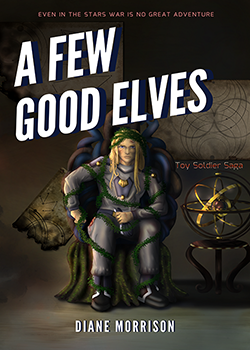
Want to read all of the Toy Soldier Saga fiction, even before the rest of the world does?Subscribe now!
Type
Star System Sector
Included Organizations
Contested By
Characters in Location
Related Tradition (Primary)
Inhabiting Species
Related Professions
What is Known About Real Space in Known Space
Astronomers have their work cut out for them, trying to figure out how the star systems they're familiar with relate to each other in real space. There are a few snippets of information that are known, however:- The Elves know that the star of Avalon, Rua'aza, is visible in the night sky of Caer'Thun.
- The Gnomes know that the star of the Wyndsmere System, Spark, is visible in the night sky of Peridot as a very dim glow.
- The Orcs know that Balor's Eye, the star of Elatha, is visible in the ambient space of the Isan System.
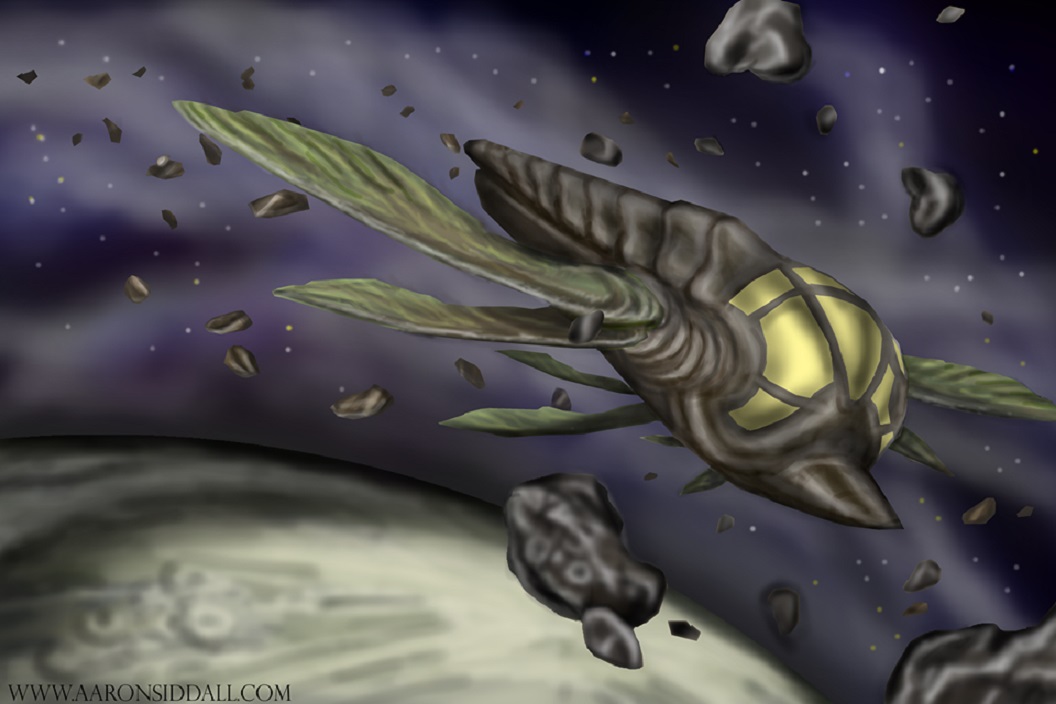
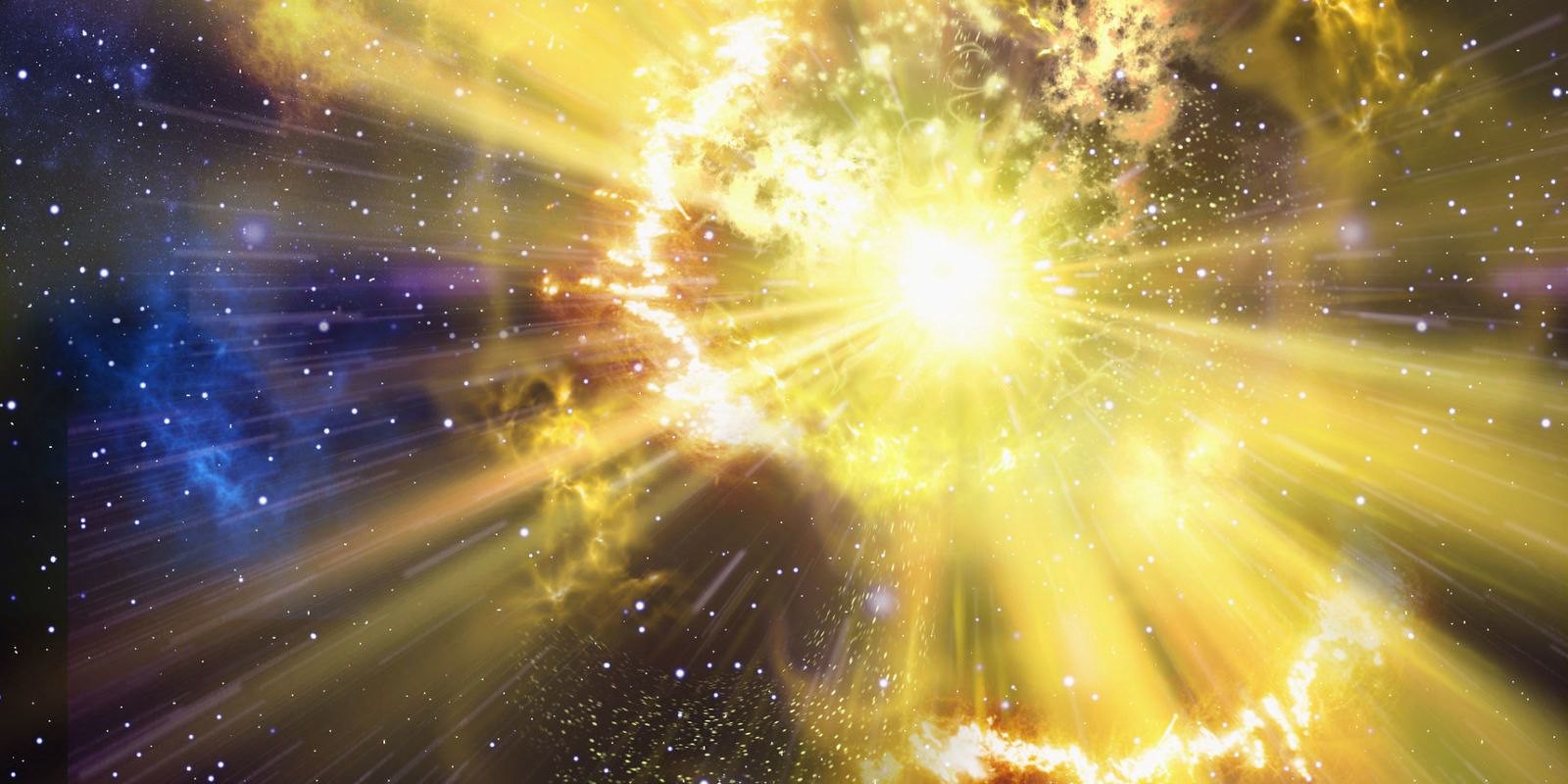
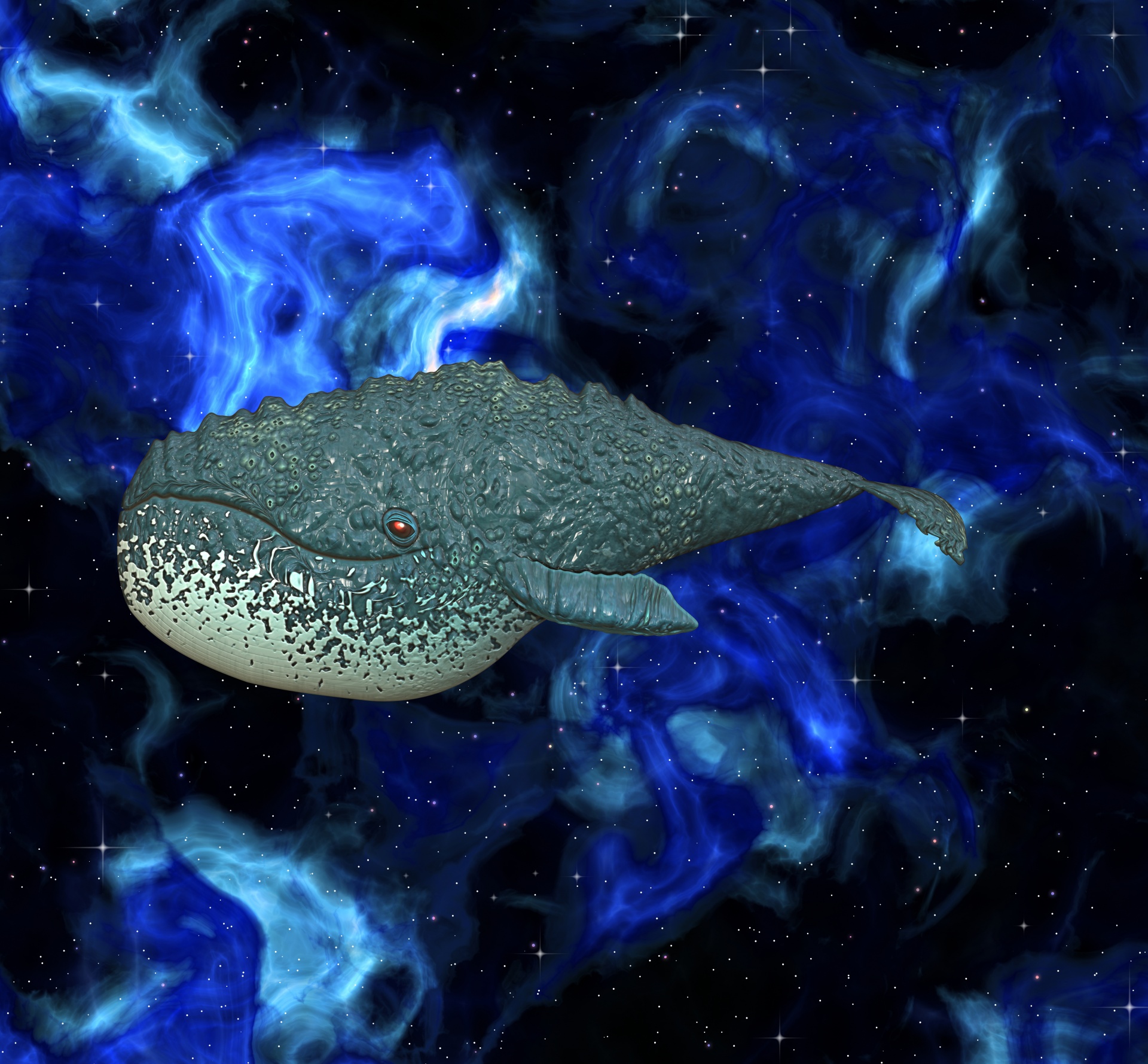
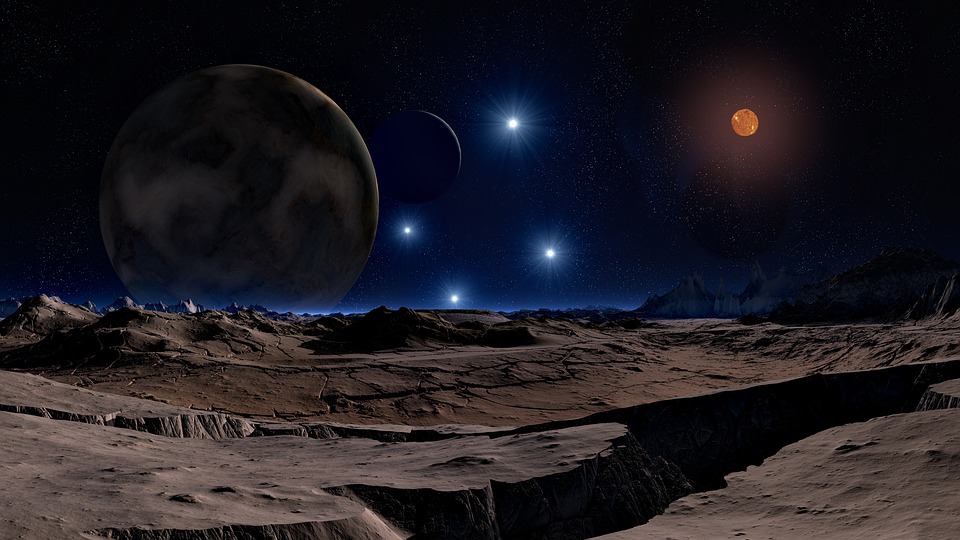
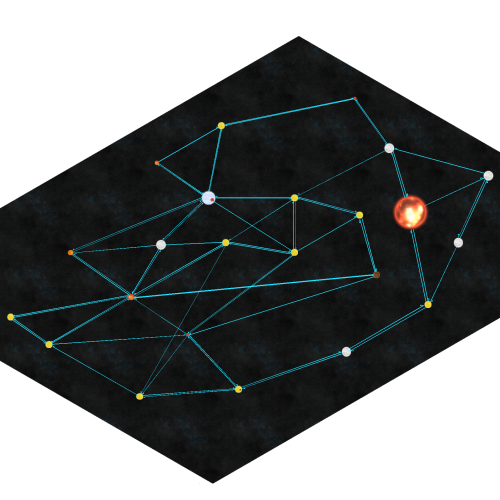



Really interesting. I like that there are several different systems and ways to travel between them, and I like the fact that (probably more than) one such way has collapsed. I love the discussion about flora and fauna - I think that's my favourite part! :)
Thanks, Emy :)